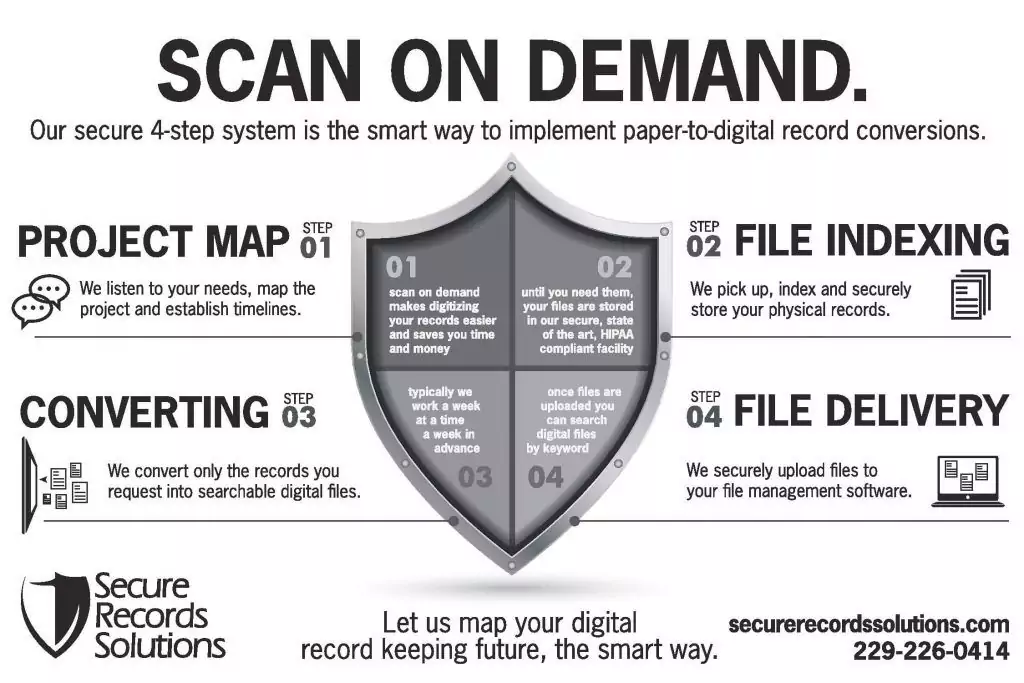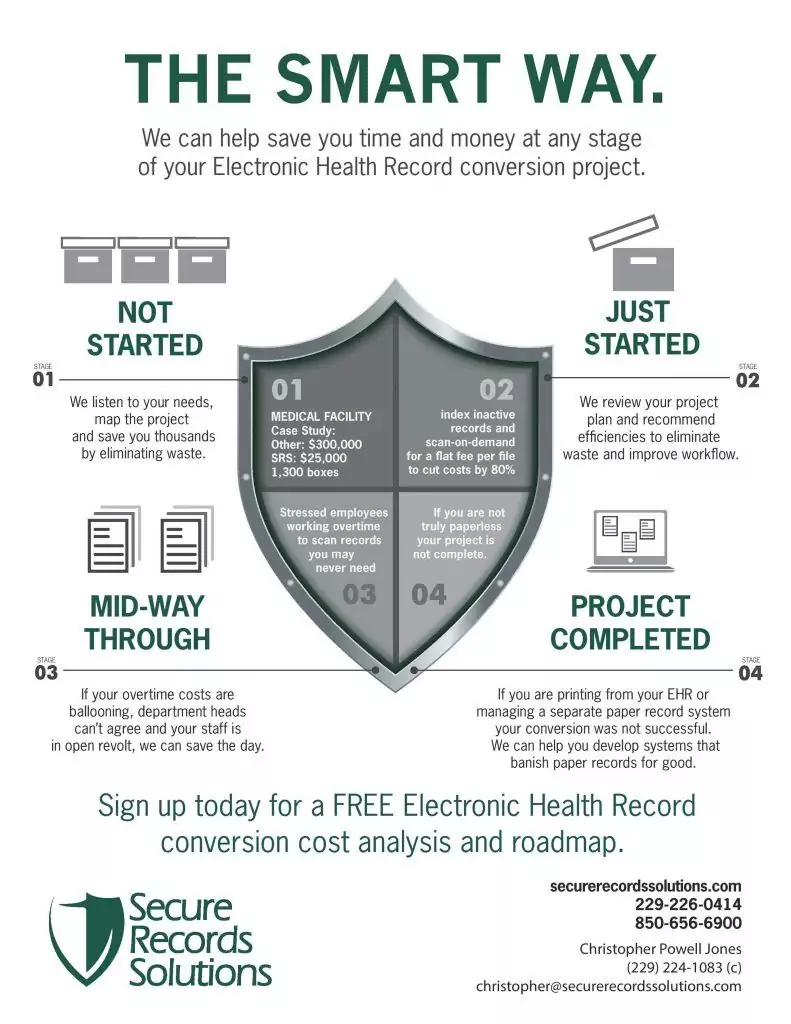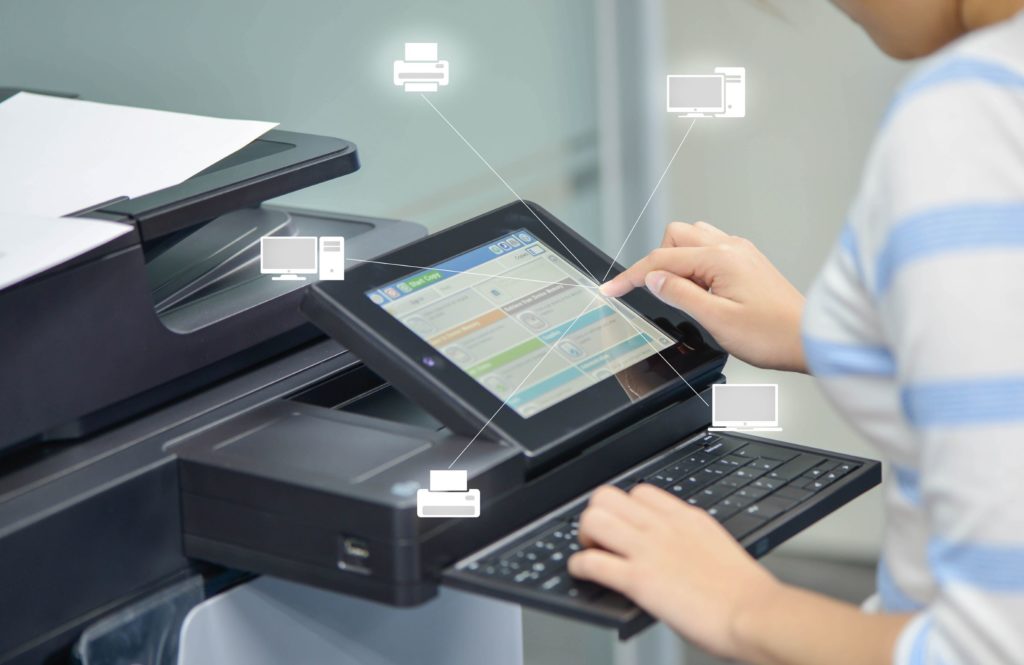Years ago, our client services team developed a strategy we call “scan on demand” for a client who needed records fast in a legal discovery. Now we pull and scan many files each day instead of physically delivering them to clients all over the country.
There are several practical applications of this scan on demand strategy that are more efficient than back-file scanning of all hardcopy records. In order to determine which is more appropriate, we run a calculation for each client. We measure the volume of records, average retention of each record (separating outliers, such as permanent records), and volume of activity. We then apply costs for storing and managing these records in their existing hardcopy form, assuming all records requests can be served with a scan delivery within minutes of the request. Finally, we compare the cost of converting the 2% of client records that are ever recalled, as they are needed, to scanning 100% on day 1.
After separating out permanent files and files that are needed on a very regular basis and scanning those upfront, we find that we are able to cut the cost of conversion of most hardcopy records by 80%, because of these simple facts:
- A large percentage of archival records are eligible for destruction, but no index exists to confidently make those decisions.
- Most documents have been printed to fulfill a policy requirement only, not for practical use. If 20% of files are requested, only 10% of each file is reviewed. 98% of a client’s records will never be needed.
- Absorbing the scanning cost of these records upfront, and the value of that investment over time, rarely catches up to an approach that will convert only the documents that are needed, when they are needed, and upload them directly into the software the client is accessing all other electronic records from.
Our greatest demand for this scan on demand service has come from the healthcare field, where medical facilities are required to implement electronic medical records (or electronic health records) software, and assume that they must digitize all documents to meet that requirement. They buy the EMR (EHR) software and go through a months long implementation process, only to find that they can’t scan fast enough to get rid of their paper, and hiring an outside vendor to scan thousands of charts can be prohibitively expensive.
We’ve developed an expertise in completing EMR (EHR) conversions by consulting with healthcare providers after they’ve chosen a software and helping them develop a strategy for removing all of their hard copy paper records so that their staff can focus on creating new records within the software. Our team indexes their charts and helps them make retention decisions to destroy out of date records, and over a six month period, scan any records of existing patients that come back for service. At this point we scan approximately 10% of the chart, and upload it into the client’s EMR (EHR). The remaining records are inactive, and can be pulled at a moment’s notice, but aren’t worth scanning as they wait out their retention of 10 years or less.
The following graphic shares some recent successes:





